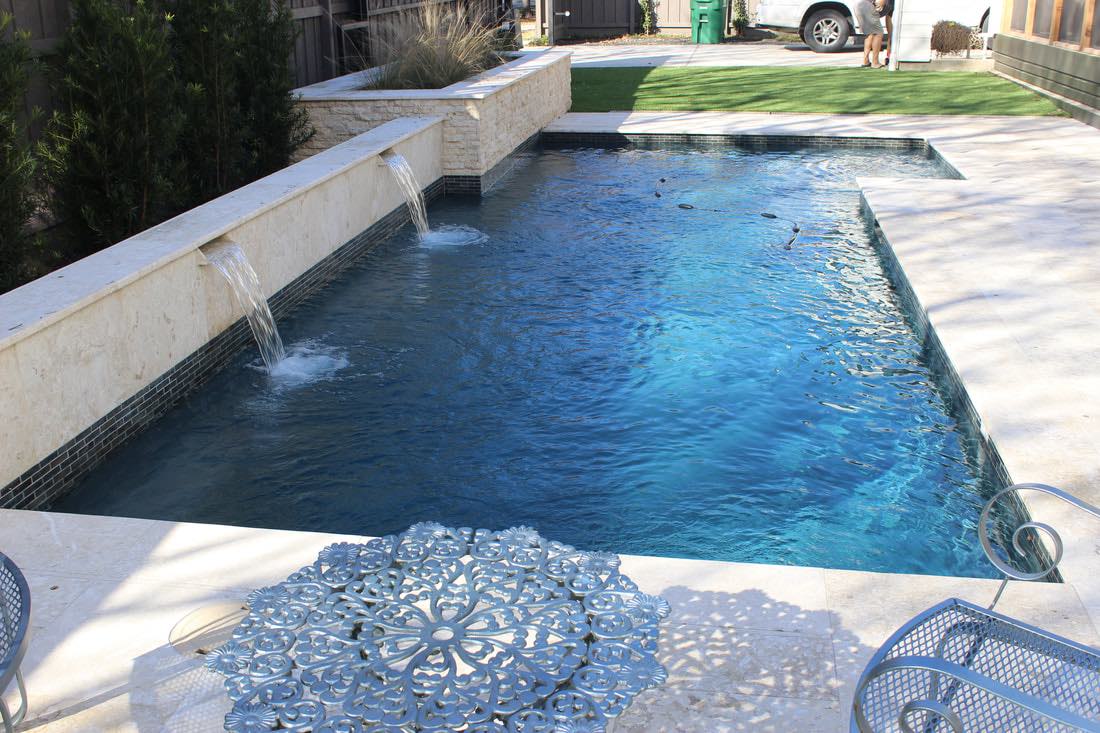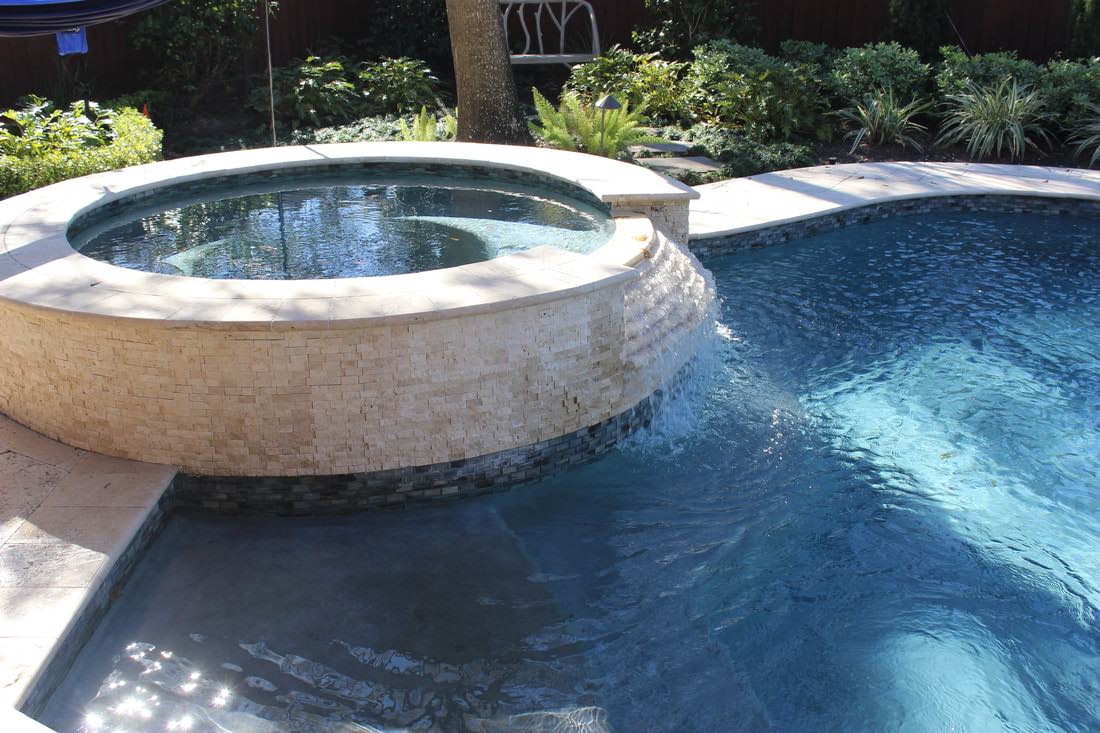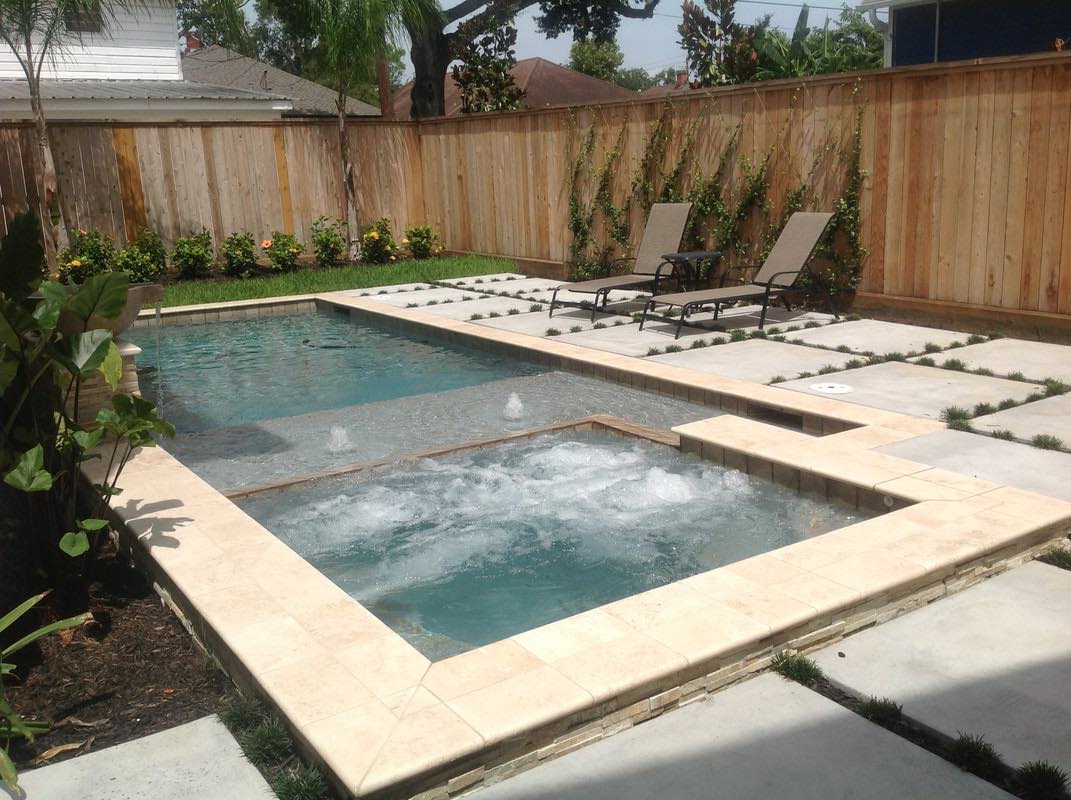How To Determine Pool Water Color
A swimming pool is a luxury addition to any property, providing endless relaxation and entertainment. However, one of the most critical aspects for homeowners is the color of the pool’s water, whether to match the backyard’s style and, of course, to maintain the water quality.
So, what determines pool water color?
Various factors affect it, including the pool’s finish, the surrounding environment, shade and sun exposure, pool depth, water movement, and water condition. In this pool water color guide, we take a comprehensive look at these factors and how they affect the water color in your pool.
Pool Finish
The finish of your pool plays a significant role in the color of your pool water. Several pool finishes include white, blue, black, gray, green, brown, and tan.
White finishes tend to give the water a light blue hue, while blue finishes provide a deeper blue color. Black finishes give the water a dark, almost mirror-like appearance, while gray finishes create a softer, more subtle blue color.
Green, brown, and tan finishes will give the water a greenish hue.
Weather and Environment
The environment can also significantly impact the color of your pool water—for example weather, bright sunny days, rainy days, and windy days. In addition, trees, plants, the home’s exterior color and other structural elements can affect the pool’s water color.
Sun Exposure and Shade
Sun exposure is a key factor determining your pool water’s color. If your pool receives direct sunlight several hours a day, the water will appear brighter and more transparent. In contrast, if existing structures or trees shade your pool, this can cause the water to appear darker. In addition, if your pool is in a shaded area, you may need to increase your pool’s filtration and chemical treatment to maintain water clarity and color.
Pool Depth
The depth of your pool also plays a role. Generally, the deeper the pool, the darker the water. This is because deeper water absorbs more light, giving it a darker appearance. If you want to lighten the color of your pool water, consider adding lighting to your pool to brighten it up.
If you have an integrated spa and pool with the same finish, you may notice the spa water appears lighter. This is due to its shallower depth.
Water Movement
Yes, the movement of the water has an effect. If your pool has water features such as fountains, waterfalls, or jets, the light prisms can shimmer the water’s surface, making it appear more vivid and brighter, adding depth and color variation. However, if your pool has poor circulation or is affected by wind, this can cause debris and dirt to collect on the water’s surface, making it appear darker and murkier.
Water Quality
The condition of your pool water is critical to maintain safe swimming and can determine its water color. For example, if your pool water has algae bloom, it can give the water a greenish tint and cloudiness. In addition, iron is often hard to identify, but as the levels increase, the pool water color will develop a brown or reddish rust tint and, at times, a bright green or black hue.
To maintain crystal clear and clean water of any color, you must regularly test your pool water and adjust the chemical levels as necessary. You should also ensure your pool is properly cleaned and maintained to prevent algae growth and other water quality issues.
Get Your Desired Pool Water Color
Understanding that pool water color is determined by various factors, including the pool’s finish, environment, shade and sun exposure, pool depth, water movement, and water quality, is vital when building a custom pool or renovating an existing one. Knowing more details will help you get the best pool and desired water color.
At Venture Pool Company, we are here to guide you in the best way. Let us, and contact us to discuss.






